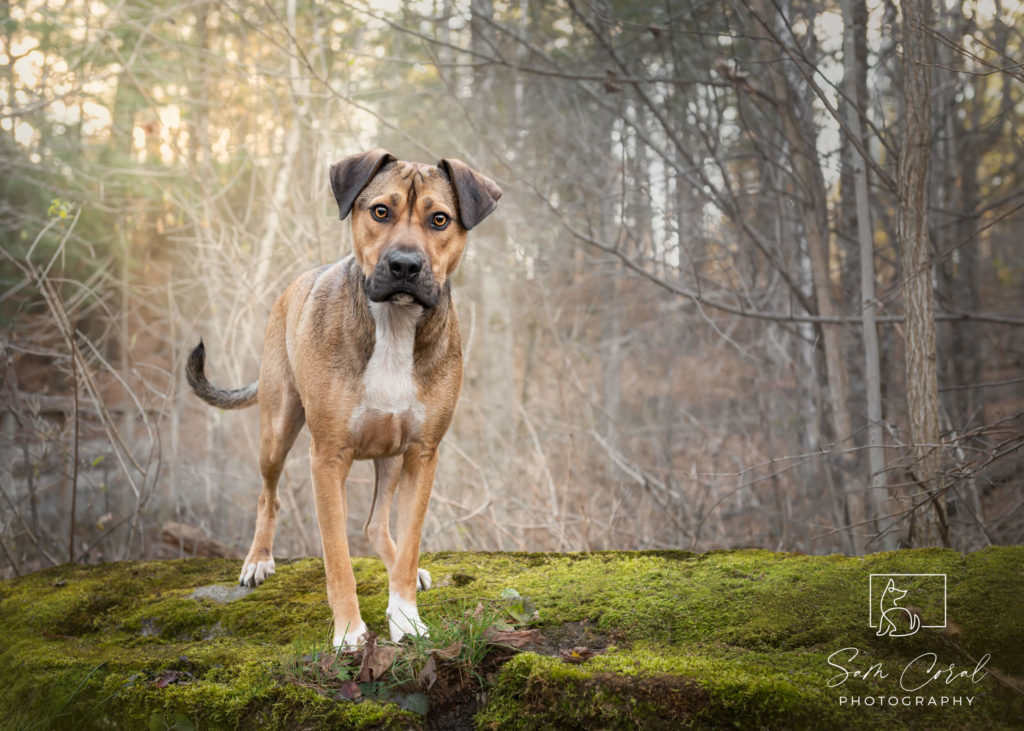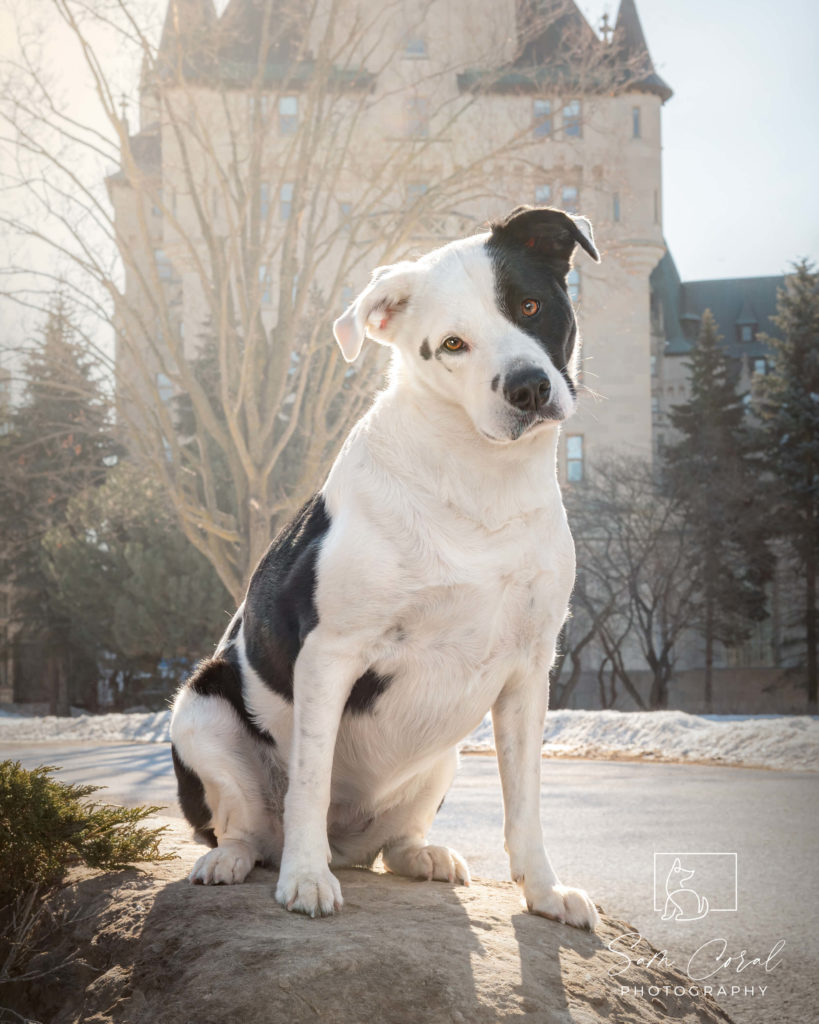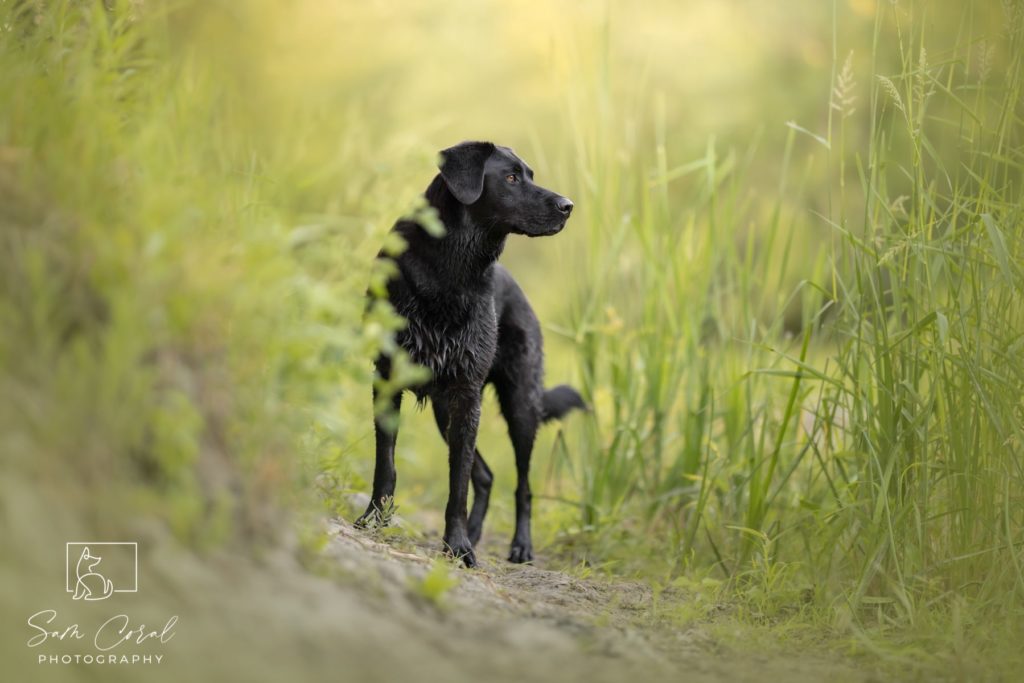

Congrats! You’ve adopted a new rescue dog. You’ve been searching around, researching breeds, types, personalities, and meeting all the different dogs until you’ve found the perfect new friend for your lifestyle (for tips on how to figure this out, check out my last blog post on Finding the Best Rescue for You).
So now what? You just bring them home, and they settle in right? That would be great.... but it's unlikely. I know you’re SO excited to welcome them home but a new dog can be anxious when going to a new place with new people. That’s a lot of new! And to them, they’ve just met you. While you may know how cozy and welcoming your place is, they’ve never been there and that can be scary.
Luckily, there are some things you can do to make the transition as smooth as possible.
Here are some tips to help your new dog settle in, as well as some answers to frequently asked questions on bringing home a rescue dog.
Before you bring your new furry family member home, make sure to get the house ready.
When you pick up your new pup, remember to stay calm. While you’re really excited to take them away, remember that they’re going to be leaving a familiar place to somewhere new. If possible, you should also try to plan to have two people bring them home; one person to drive and one person to sit with the dog and comfort them so they feel as relaxed as possible.
When you get to your new home (and don’t take any detours on the way! Make it as short a trip as possible), keep your new dog on their leash. What you’re going to do is take them for a walk around their new neighbourhood! This will get them familiar with the area (the sights, sounds and smells) as well as burn off some energy.
By taking them for this long walk, they’ll be much calmer when you bring them into their new home.

Now that you’ve calmed them down a bit, you can introduce them to their new home! First off, introduce them to the home by having them sit or lay down before entering. They may not know how to sit or lay down yet, but try your best.
Training a dog to sit and wait in front of a door before getting permission to enter is a great practice for a couple reasons:
Keep your new furry friend on their leash while you show them around the house, and try to keep any distractions or noises to a minimum.
They’re going to be a bit overwhelmed, so let them learn the space with you at their side.
Next, show them the most important areas of their new home.
After you show them all of the coolest parts about their new home, take them to their bed and finally let them off their leash. By showing them and releasing them there, you’re letting them know that that spot is “theirs!” Don’t be surprised if they lay right down and ignore you, it’s just them settling in and making that space their own.

Let’s not have a welcome party, okay? As much as you want to introduce them to all of your family and friends, this can be super overwhelming for a new pup, who’s now in a new place with new people. Give them a couple of days to settle and see how they’re doing before introducing them to anyone else.
When you do introduce them to your friends and family, have the greeting space be outdoors. It gives them room to get excited and wander around, plus there’s less crowding. They’ll have a chance to approach, sniff and initiate the interaction with them, which puts less stress on your pup and helps eliminate any anxiety.
It’s been an exciting day for your new dog: new people, new places, pretty much new everything! They’ll need time to rest and recharge, so give them the opportunity to do so. Let them settle and continue to keep an eye on them while they get used to their new surroundings.

Did you know that about one half of pet parents share the bed or bedroom with their pet?
I get it, of course you want to snuggle up with your new best friend. But it might be a good idea to hold off on having them sleep in bed with you right away.
While they’re settling in, you want clear boundaries on which spaces are theirs, and which spaces are yours (and they need an invitation to enter). Having them sleep in their bed for the first little while will help them learn that their bed is their safe space, and that your bed is your safe space. Once they're comfortable in their new home and have started to learn the rules and boundaries, you can start inviting them up onto the bed for a cuddle if you'd like.
You want to make this as stress-free as possible, so first, make sure you have at least a weekend free so you can supervise them. When you’re first introducing them to a current dog, choose a neutral location (somewhere that’s not your house or backyard). You want to have an adult for each dog and to keep them on their leashes so you still have control (but not too tightly, so they don’t feel restrained).
I’d recommend having one person walk your current dog and have the other person slowly catch up to them with the new dog. Then walk together (giving the dogs room between them) until you get somewhere where they can get to know each other a bit more. If they start giving off positive vibes (wiggling, tail wagging, any friendly cues), let them off their leashes so they can interact with each other more fully. Always look for body language that shows the dogs are uncomfortable (tail between the legs, cowering down with ears back, rigid body, etc). If any of those signs show up, separate the dogs and give them some space.
Once that’s gone well, you can bring them inside, but make sure you do it in a quick manner, so that one dog doesn’t react to the other dog entering. Make sure there’s plenty of toys, space and a separate food and water bowl for them both (I’d recommend feeding them separately at first). Then keep supervising them!
Try not to give any high reward treats right away (bones, rawhide, pigs’ ears) and if your current dog isn’t allowed them because they get possessive, that should be a rule for your new dog as well.
It’s really all about keeping things as calm as possible, and not changing any of the normal activities of your current dog. The new dog doesn’t know what the rules and habits are in your household, so they can adapt to what your current dog is used to.
For cats, it's about making sure your cat has a place to escape and can get to everywhere they normally would (food, water, litter box and relaxation spots). Keep the door to the cat's space closed, so the dog and cat can't see each other but can sniff each other under the door. If that goes ok, open up the door but block it off with a baby gate. If that goes ok, remove the baby gate. The cat will most likely observe the dog and then interact with them when they feel like it, but just keep an eye on the new dog so that your cat doesn't get too stressed. If you're finding your new dog won't leave the cat alone (they're probably really excited!), take the dog out for a walk so they can burn off some energy, put the baby gate back up, and then relax at home.
When you’re bringing home a new dog, there’s the 3-3-3 rule. The first 3 days is almost a “detox period” where they get used to their surroundings and living with new people. They’re figuring things out and may not be fully comfortable being themselves. It can really overwhelming!
The first 3 weeks are where they start to settle in and feel more comfortable. Here’s where they start getting into a routine, let their guard down a little and show their personality! After 3 months, they’ll finally be comfortable in their new home and will have gained a new trust with their family.
This is quite general (as all pups are different), but it's a good timeline to go off of when introducing a new dog to your home. Some take longer, and some get comfortable more quickly! So long as you try to make the transition as relaxing and stress-free as possible, after a few months, you’ll have a happy new member of your family!
Also remember, rescue dogs will often start to become a bit rebellious as they settle in. This isn’t a bad sign though, as it means they're starting to feel comfortable and are testing their boundaries. Just keep implementing the rules you’ve set and they’ll soon learn their place!
I hope these tips have helped you prepare to bring your new rescue dog into your home. This is one of the most exciting parts of adopting a dog, but it’s crucial that you introduce them slowly and calmly so they can start to feel comfortable right away.
If you want to hear about the next blogs that I’ll be posting about rescue dogs, sign up for my newsletter below!
Want to keep up to date about dog stuff in Ottawa? Join my mailing list!